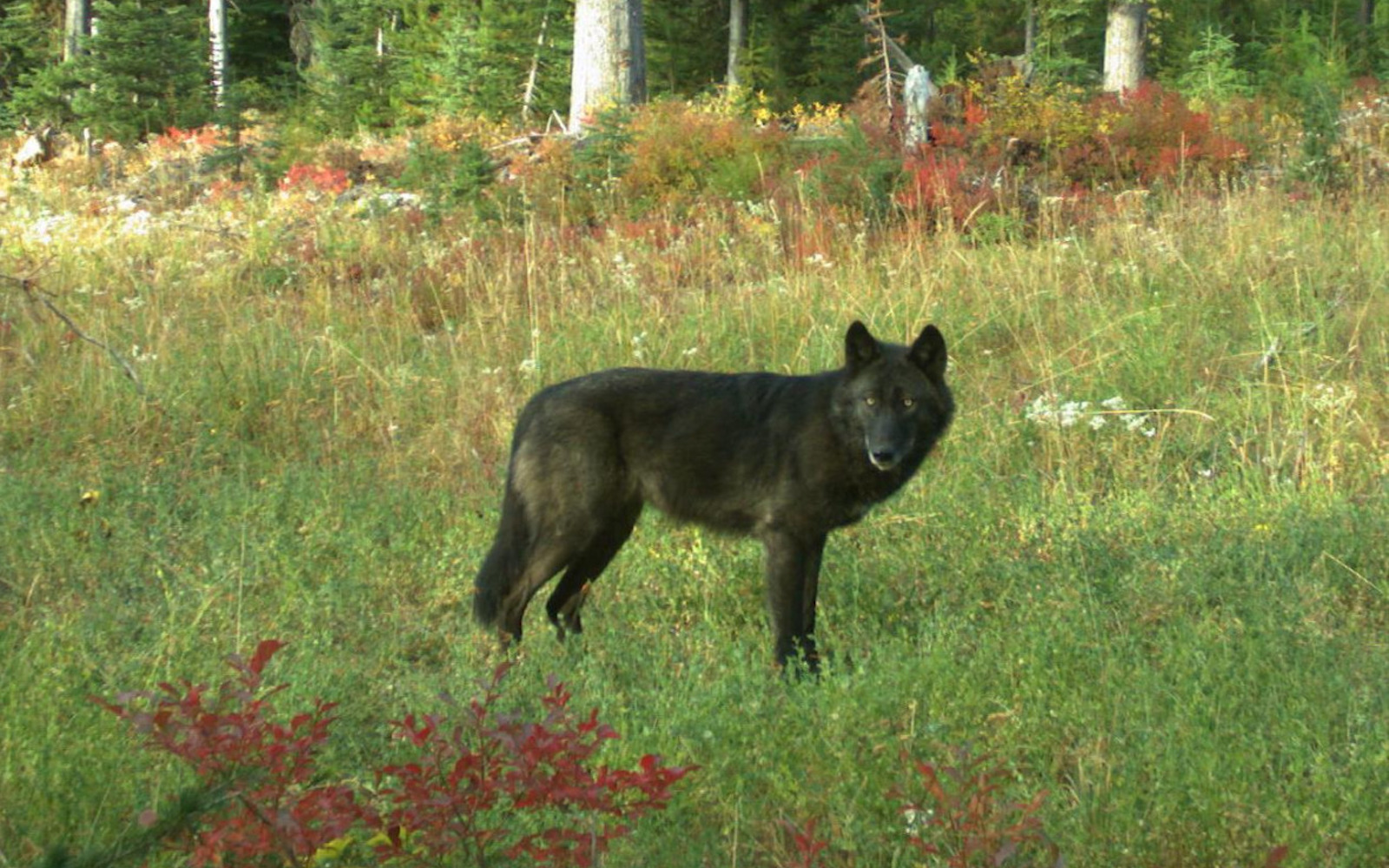For immediate release
April 8, 2019
Contact: Nick Cady, Legal Director, Cascadia Wildlands, 314-482-3746, nick@cascwild.org
[OREGON] — Today, the Oregon Department of Fish and Wildlife announced that the gray wolf population increased by 10% to a minimum of 137 animals, and total packs increased from 12 to 16, from last year’s count.
“The ongoing recovery of Oregon’s wolf population is something to celebrate, and perhaps 2019 will be the year that wolves return home to the Oregon Coast Range and Siskiyou Mountains,” says Nick Cady, Legal Director with Cascadia Wildlands. “At the same time, we are closely birddogging reckless state and federal plans that could reverse the progress wolves are making after their systematic extermination nearly 70 years ago.”
In March, the Trump administration proposed a rule to strip federal Endangered Species Act protections from gray wolves across the lower 48 states, suggesting that the species was recovered. However, many states in the West, including California, Colorado and Utah, have extensive wolf habitat but few or no wolves currently reside there.
In 2016, the state of Oregon prematurely delisted gray wolves from its Endangered Species Act. Cascadia Wildlands and co-plaintiffs are litigating that decision now, arguing the decision was not grounded in science. The Oregon Wolf Plan is also overdue to be updated. A recent draft of the updated plan significantly weakened protections for the species. Conservation organizations are calling on Governor Kate Brown and her Fish and Wildlife Commission to strengthen the plan while wolves continue to recover.
Last month, the Indigo wolves were confirmed in the state’s North Umpqua region and became the third group of wolves to return to the Oregon Cascades since their extermination. Last year, the White River wolves were documented south of Mt. Hood, and the Rogue Pack, which consists of OR-7, has been established south of Crater Lake for four years. The majority of Oregon’s wolf packs are located in the northeastern part of the state.
####

